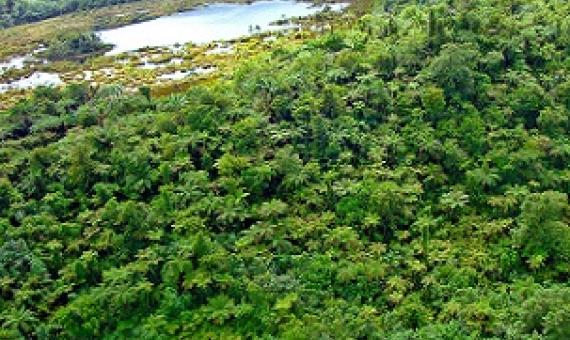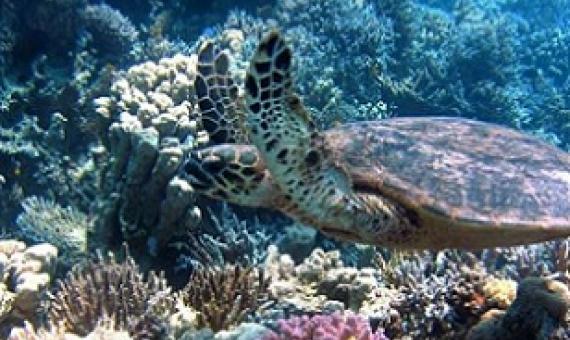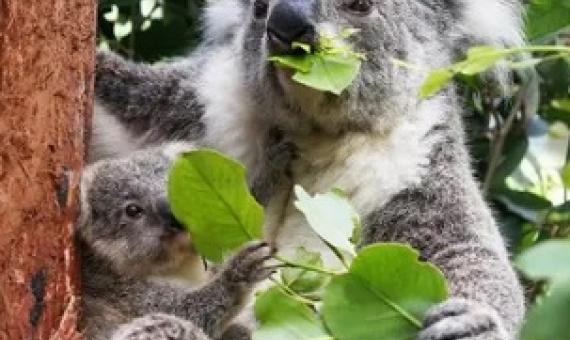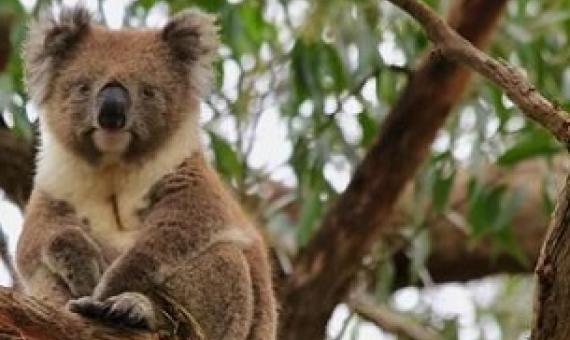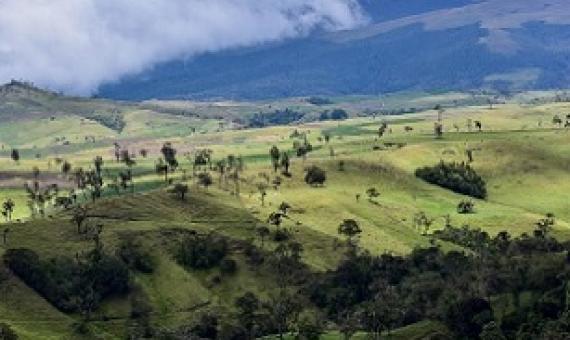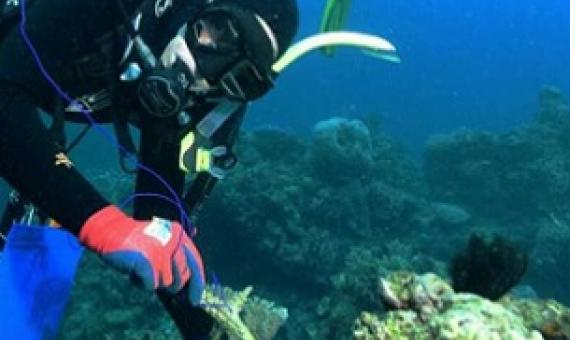When faced with uncertainty, we often look for predictions by experts: from election result forecasts, to the likely outcomes of medical treatment.
Dr. Patrick Smallhorn-West is a Research Fellow at JCU's ARC Centre of Excellence for Coral Reef Studies.
Not all species are created equal. Some are more important than others. So how do we choose what to protect? Biodiversity is vital for a healthy environment and a healthy planet. Every plant and animal has a role to play to keep its ecosystem healthy.
Improving biodiversity protection through artificial intelligence
Over a million species face extinction, highlighting the urgent need for conservation policies that maximize the protection of biodiversity to sustain its manifold contributions to people’s lives. Here we present a novel framework for spatial conservation prioritization based on reinforcement learning that consistently outperforms available state-of-the-art software using simulated and empirical data.
Conservation of birds in fragmented landscapes requires protected areas
For successful conservation of biodiversity, it is vital to know whether protected areas in increasingly fragmented landscapes effectively safeguard species. However, how large habitat fragments must be, and what level of protection is required to sustain species, remains poorly known. We compiled a global dataset on almost 2000 bird species in 741 forest fragments varying in size and protection status, and show that protection is associated with higher bird occurrence, especially for threatened species. Protection becomes increasingly effective with increasing size of forest fragments.
Safeguarding Seafood Security, Marine Biodiversity and Threatened Species: Can We Have Our Fish and Eat It too?
The ocean contains an abundance of biodiversity that is vital to global food security. However, marine biodiversity is declining. Marine protected areas and marine reserves have been used to protect biodiversity, conserve threatened species and rebuild exploited species, but are perceived as restrictive to fishing, which has slowed progress towards ocean protection targets. Here, we perform a spatial prioritisation of the ocean to protect biodiversity, threatened species and food security.
Predicting the optimal amount of time to spend learning before designating protected habitat for threatened species
Deciding when to protect threatened species habitat when complete knowledge about the habitat extent is uncertain is a common problem in conservation. More accurate habitat mapping improves conservation outcomes once that habitat is protected. However, delaying protection to improve accuracy can lead to species decline or, at worst, local extinction when threats to that habitat continue unabated before protection is implemented. Hence, there is a trade-off between gaining knowledge and taking conservation action.
Deciding when to stop learning and take action is a common, but difficult decision in conservation.
Scientists have called for the use of climate projections in conservation planning, to ensure that areas most at risk from biodiversity loss and climate impacts are protected.
Researchers say that our framework for classifying coral species needs to be expanded to capture ecological diversity and protect reef environments after discovering surprising differences between cryptic coral species...The team hopes that their findings, published today in Current Biol

